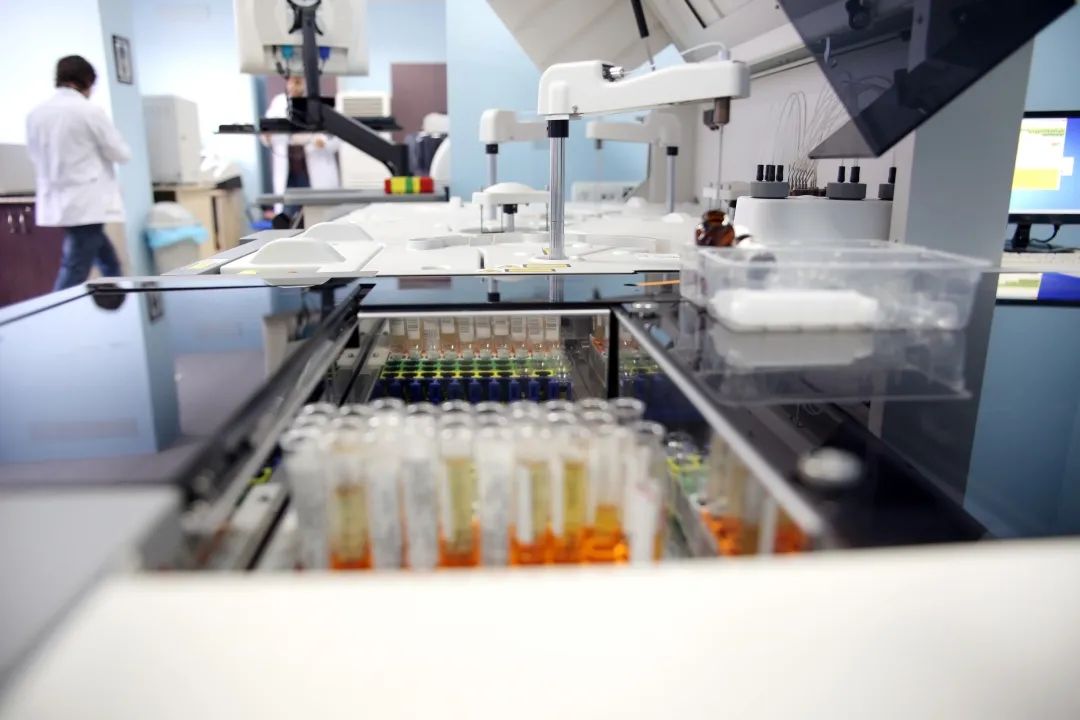On the 150th anniversary of the first publication of Nature, the historian Paul Lucier reflected on the history of Western science in a series of articles. Lucier observed that due to the demands of economic development between 1820 and 1880, many scientists served as technical consultants for the commercialization of laboratory-conceived technologies. Whereas US geologists mined precious metals, chemists in Europe created new products, including acids, soaps, paints, and synthetic dyes (aniline violet and alizarin red).

Industrial innovation entered a new stage from 1880 to 1940. Individual scientists and engineers no longer participated in industrialization and commercialization. Instead, large corporations established independent R&D departments to conduct continuous and systematic technological innovation. As a result, organizational innovation substantially impacted the development of entire industries.
For example, German corporations, including Bayer, Hoechst, and BASF, established chemistry labs; Thomas Edison, the great American inventor, set up an R&D institution named Invention Factory in New Jersey in 1876. Edisons initiative is recognized as the predecessor of the General Electric Research Laboratory, established in 1900. According to statistics, American corporations established over 1,100 internal laboratories from 1916 to 1936.
At an early stage, research conducted by organizations was closely related to scientific research. Such work covered many steps, from basic research to productization. Later, it increasingly focused on productization and commercialization. Growing commercial competition and the diffusion of market pressure between enterprises may account for this functional shift.

Laboratories established by businesses faced frequent problems. To establish technological leadership, R&D departments should be forward-thinking and future-minded in their research. However, the technologies they develop must ultimately enter the commercialization process, which presents potential conflicts. Technologies developed by laboratories were arguably too advanced for consumer applications. The market abandoned some laboratory technologies because they encountered great difficulties and challenges in becoming commercial products.
This suggests a gap between laboratory technology and commercialization—a gulf between technology and the market. So the question is, how many "bottlenecks" does technology created in the laboratory need to pass before successful commercialization and obtaining the financial support required for long-term research investment?
Guo Bin, Professor of the School of Management at Zhejiang University and Professor of the Innovation Management Course in the EMBA Program of Zhejiang University, recently wrote an article to analyze this problem in detail.

How many "bottlenecks" does laboratory-derived technology need to break through to realize successful commercialization?
Bottleneck 1
Identifying commensurate demand
Laboratory technology is technology-driven. Researchers mainly focus on technologies without taking market forces into sufficient consideration. Since innovation aims to ensure that technology creates real business value, it is essential to combine the push for technology with the pull of the market. However, R&D personnel may have little idea about the future applications of their research.
This is because technologies have multiple application scenarios, which entail extensive scope for commercialization. Nevertheless, market entry is challenging if the most suitable application scenario and target users prove elusive. This is an information asymmetry—the technology owner cannot identify the demand for the technology; those who need the technology have no idea how to access it.
Bottleneck 2
Relatively immature technology
When R&D personnel research laboratory technology, they focus on its technical feasibility from a scientific perspective. However, from the user perspective, technical feasibility is insufficient. Technical performance, stability, or reliability of new technologies must reach certain thresholds before risk-averse users adopt them. Competing technologies or the availability of alternatives often define the acceptance threshold.

Bottleneck 3
Low-cost competition
Even if laboratory-derived technologies overcome feasibility issues and find a market, high costs often cause commercialization or industrialization problems. For users, cost and technical feasibility are essential factors.
The following are two typical scenarios.
Firstly, if a laboratory technology improves or replaces existing technology, users will compare the new technology with current technology to assess the cost-benefit.
Secondly, with brand new laboratory technologies, which users cannot compare to existing technologies, users will evaluate the net benefits of adopting this new technology from an input-output perspective.
Both scenarios indicate that high costs may significantly weaken users inclination to adopt technologies. Moreover, costs may be particularly high when introducing new technology before increasing familiarity and maturity have lowered the cost. Conversely, since the market lacks essential information to estimate the cost-benefit of new technology, users estimations tend to be conservative, exacerbating the problem.
Bottleneck 4
Lack of complementary products or technologies
Many technologies need to be integrated into an extensive technological system or ecosystem to create commercial value. Consequently, such technologies are highly dependent on support from complementary technologies or products. In some cases, the maturity and cost-competitiveness of complementary technologies or products can help new technologies gain more attention from the market or improve the likelihood of widespread adoption.
The commercialization of new technology may fail, even if it has reached considerable technological maturity, due to insufficiently mature or accessible complementary technologies or products. For instance, on 02 August 1993, Apple Inc. launched its Newton personal digital assistant. The Newton had epoch-making technical significance, arguably too advanced for its time. However, complementary technologies, such as handwriting recognition, battery life, and WiFi, were insufficient to support the Newton, rendering it a commercial failure.

Bottleneck 5
Differences between laboratory conditions and industrial processes
Industrial processes subject new technologies to different pressures than those in the laboratory; this raises challenges for the industrial application or manufacturability of laboratory technologies.
The following are two typical scenarios where different conditions present a challenge.
Firstly, productization, industrialization, and commercialization can constrain promising laboratory research. Inevitably, some research outcomes face insurmountable short-term problems arising from scaleability at appropriate quality, cost, reliability, and efficiency levels.
Secondly, R&D personnel in the laboratory have different thinking from real-life users who focus on the application scenario of technologies. Some R&D personnel, observing and reflecting on how their products are used, may say, "You never know how users are using your products." Problems may arise when product uses diverge from the original intention.
Bottleneck 6
Compensating for the liability of technological newness
Finding a technologys trial users requires overcoming liabilities arising from technological newness and providing attractive benefits.
Liability of newness usually arises from the following three circumstances.
Firstly, market participants, including users, lack sufficient information to evaluate the value of new technologies, so trial users feel considerable uncertainty and even risk.
Secondly, potential users may already use technologies that precede the new technology. Users sunk costs in existing technologies may include financial outlay, the time and effort spent understanding existing technologies, and accumulated experience with existing technologies. Consequently, new technologies must overcome the disbenefit of conversion costs. However, such costs are often invisible and ignored.
Thirdly, many new technologies offer significant advantages when mature that are not evident on initial launch. When competing or alternative technologies exist, users will compare new technologies with their competitors from multiple angles, including technical specifications, economic factors, and their own needs. Consequently, users look beyond the technical advantages of new technologies to consider the relative disadvantages of early adoption. Therefore failure to compensate users for the initial drawbacks of adopting new technologies may hinder commercialization and industrialization.
This is a translation of the article by GUO Bin published on May. 19th on ZJU-EMBA WeChat Official Account.
Editor: YAN Yuexin, ZHU Yudi
Picture Source:Qianku